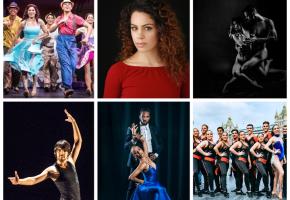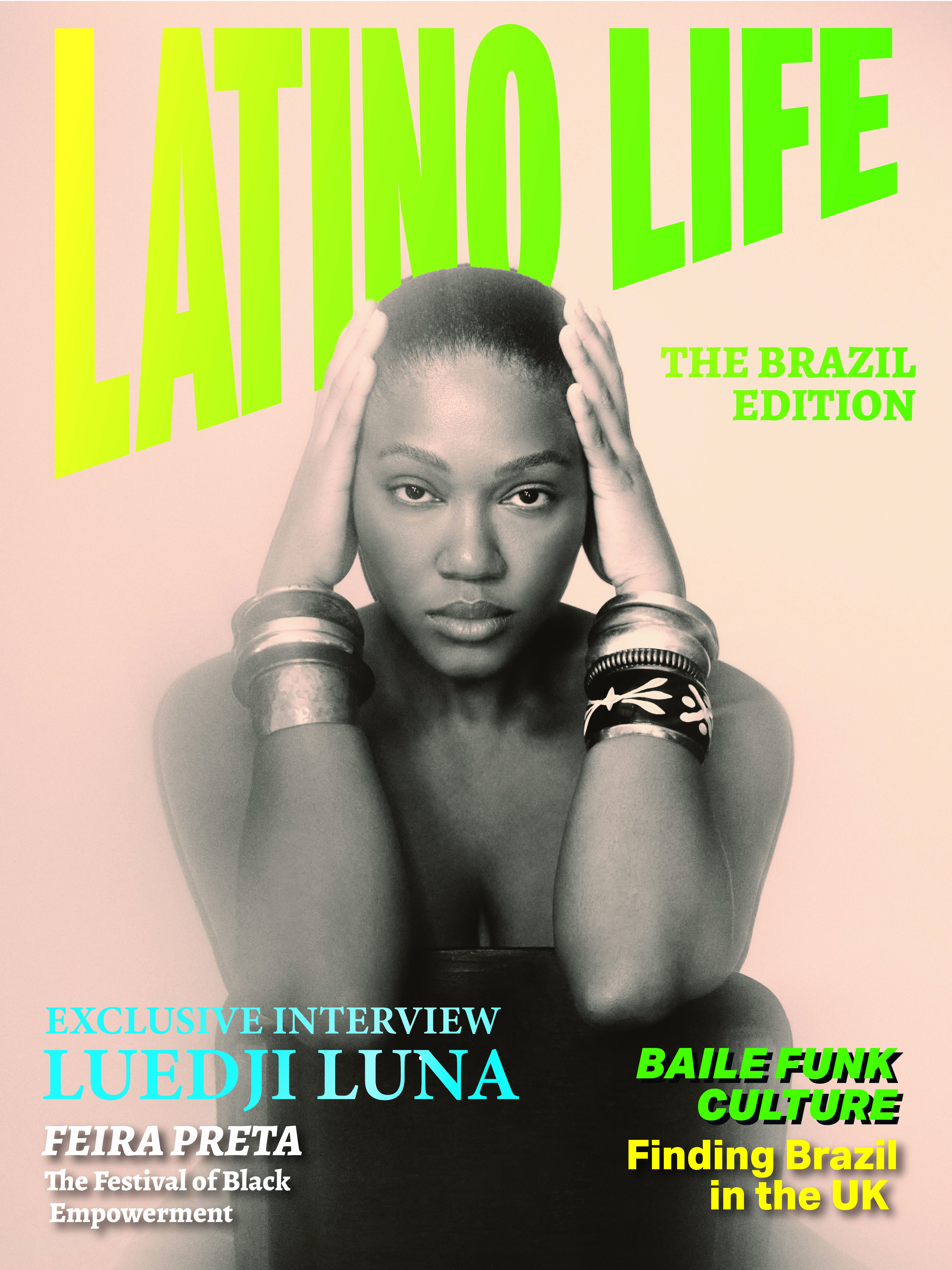Currently showing at London’s Sadler’s Wells theatre, Paco Peña’s uplifting and emotional exchange of African and Spanish cultures intertwines dance, music and spoken word. At the same, the story line tackles a big topic: immigration - specifically sub-Saharan African immigration - into Spain, a subject that lies close to Peña’s own experiences growing up in Andalucía. Originaly commissioned for the Edinburgh International Festival for the Arts, this ambitious work showcases dancers and musicians from Senegal and Guinea, West Africa being, according to Pena “the area from which I think most people have through the ages left the continent for a better life.” The origins of flamenco have been much debated and discussed, with the North African connection often cited. Peña explores the roots even further, delving into the African continent, stretching down into West and sub-Saharan Africa, and offers us a show that not only contrasts the two cultures, but also brings out the common sympathies and emotions that tie their music together. The show is almost like a dance contest in parts, the winner depending on your own musical preference. At the beginning it is hard to see how the two sides will meet; the controlled, simmering passion of the flamenco seems at odds with the flamboyant and free moves of the African dancers. Even the difference in costumes seems significant – bare feet and loose garments for the Africans and leather shoes and more restrictive clothing for the Spanish. But as the show progresses the two sides intertwine, until it really feels like collaboration. The palmeos echo the African drums and the Spanish guitars pick up where the African flute leaves off. The fiesta scene that comes after the interval is a particular highlight, the semi-circle of chairs invites the audience into a flamenco café. The African musicians and dancers blend into the background in their waiter’s uniforms and the focus is on the dramatic passion of the Spanish dancers and musicians. This piece had a spontaneous, natural feel to it, the quiet palmeos and gentle olés from the cast felt unforced. Although it verges on a cliché when they invite the ‘waiters’ to come and dance with them at the end, the audience has been so engaged up to this point that you can easily forgive this. Although the subject matter is a serious one, there are light touches of comedy coming from the African musicians and dancers; the African rap that comes after the fiesta scene is engaging and light after the seriousness of flamenco. The culmination comes when all the dancers are together on stage at the end. The audience has been taken on a journey wit; we have watched the exchange and progression of the music and dance, until it seems natural to watch them all interact on the same stage. The costumes follow this progression, what started muted ends in a riot of colour, and it seems the two cultures have both been enriched from the exchange. One leaves with a sense of celebration of diverse cultures and how they can harmonise to create outstanding beauty, while at the same time never losing their own very strong seperate identities. Paco Peña modestly stays in the background for much of the show, but without doubt his virtuoso playing provides the backbone to the whole piece, tying together Spanish and African dance and music while maintaining the authenticity of flamenco. With Quimeras, Peña continues to expand the possibilities of where flamenco can go. The standing ovation from the audience at the end was enough to show that this emotional piece of work is not to be missed. http://www.sadlerswells.com/show/Paco-Pena-Flamenco-Dance-Company-Quime…


















